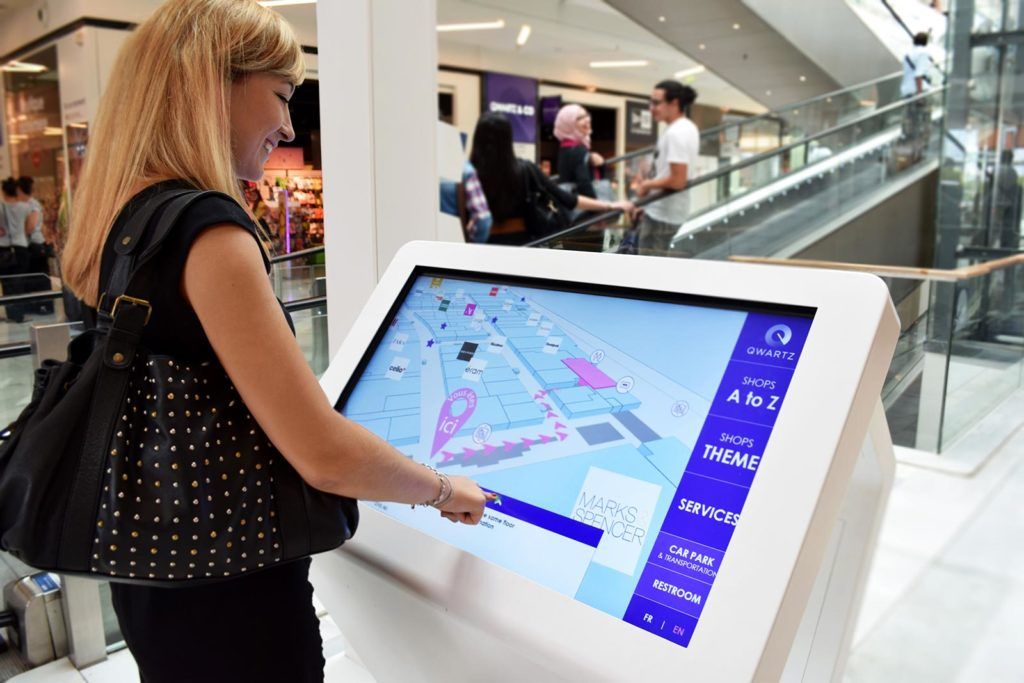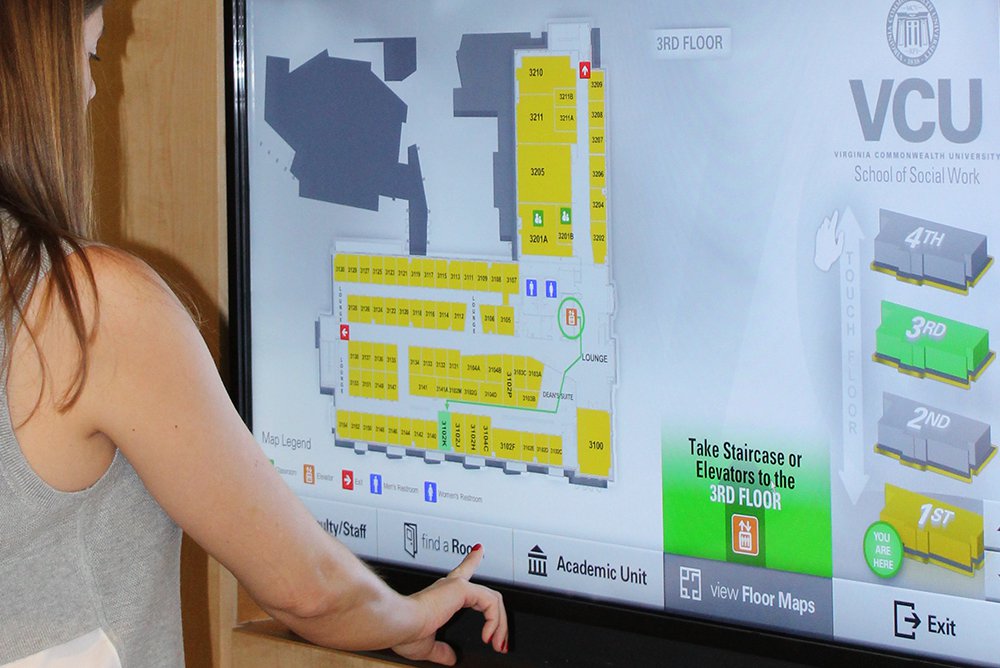Efficient navigation in public spaces plays a crucial role in enhancing user experience and optimizing operations. One emerging solution that addresses this need is wayfinding digital signage.

Understanding Wayfinding
Wayfinding refers to the process of navigating through an environment in order to reach a specific destination. Traditionally, wayfinding relied on signage, maps, and human assistance. However, these methods have limitations, including inefficiency, inconvenience, and the lack of real-time information. To overcome these challenges, wayfinding digital signage has emerged as a powerful tool.
Introducing Wayfinding Digital Signage
Digital signage refers to electronic displays that offer dynamic content capabilities. In the context of wayfinding, these signage systems provide real-time information, an interactive user experience, and personalized directions and recommendations. Their features include dynamic display capabilities and the ability to integrate with other technologies, making them a valuable asset for enhancing navigation.
Benefits of Wayfinding Digital Signage
The implementation of wayfinding digital signage brings numerous benefits. Firstly, it improves efficiency and accuracy in navigation by providing up-to-date information on routes, directions, and points of interest. Users can rely on real-time updates to make informed decisions about their journey. Secondly, it enhances the user experience by reducing stress and confusion. With intuitive interfaces and clear directions, individuals can navigate public spaces with ease, leading to increased engagement and satisfaction. Lastly, for businesses, these signages are cost-effective and time-saving. They streamline operations by reducing the need for human assistance and contribute to enhanced customer service.
Use Cases of Wayfinding Digital Signage
Transportation hubs such as airports, train stations, and bus terminals greatly benefit from the implementation of wayfinding digital signage. Users can easily find their way, locate departure gates, and receive real-time updates on travel information. Large public venues like shopping malls, convention centers, museums, and galleries can also utilize these digital signages to guide visitors through complex layouts and provide information about events or exhibitions. Educational institutions such as colleges, universities, schools, and campuses can leverage this technology to assist students, faculty, and visitors in finding classrooms, offices, or specific facilities.

Best Practices for Implementing Wayfinding Digital Signage
To maximize the effectiveness of wayfinding digital signage, several best practices should be considered. Strategic placement of digital signage ensures that users encounter signage at crucial decision points. Design considerations should prioritize clear and intuitive user interfaces, visibility, legibility, and consistent branding that aligns with the aesthetics of the environment. Integration with other technologies like mobile applications, IoT sensors, and data analytics enables a seamless experience and enhances the overall functionality of the wayfinding system.
Future Trends in Wayfinding Digital Signage
The future of wayfinding digital signage is promising, with emerging trends that further enhance navigation in public spaces. Artificial Intelligence and machine learning applications can provide personalized recommendations based on user preferences and behavior patterns. Augmented Reality and Virtual Reality integration can revolutionize the way users interact with digital signage, offering immersive experiences. Additionally, the expansion of wayfinding digital signage into smart cities and urban environments will lead to interconnected systems, creating seamless navigation experiences.
Conclusion
The implementation of wayfinding digital signage brings numerous advantages to both users and businesses. It improves efficiency, enhances user experience, and contributes to streamlined operations. As technology continues to advance, the future of navigation in public spaces looks promising. By embracing this technology, businesses can create seamless, intuitive, and engaging experiences for individuals navigating through their environments. It is clear that wayfinding digital signage is becoming an essential tool in modern navigation solutions. Stay ahead of the competition with Screenage.
Post time: Oct-08-2023





